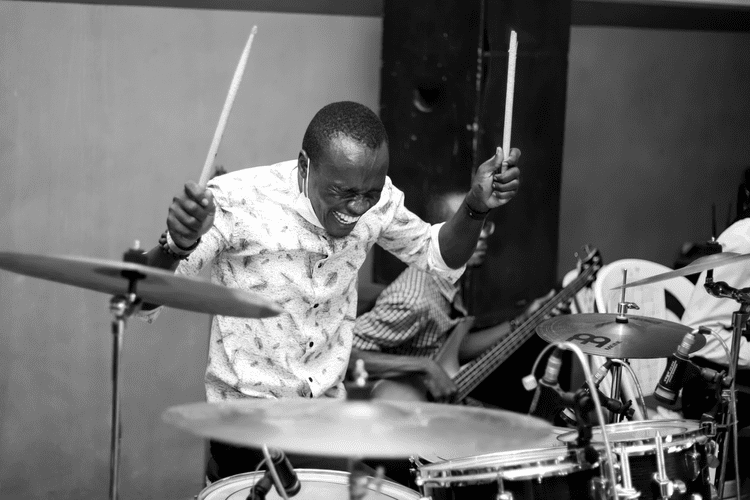
New York’s jazz era is one of the city’s most notorious periods. From the burgeoning music industry to shifting social and sexual standards, New York became the epicenter for appreciating the new American culture.
Music has long been the center of entertainment in New York City, known as one of the great entertainment centers in the world, and there’s plenty of live music in NYC even to this day. The city’s long and storied history of great music reached its pinnacle during the jazz era.
History of Jazz
What is Jazz?
Jazz has initially been intended primarily for dancing. In the following years, people would sit and listen. In 1917, the first jazz albums were published, growing and changing the genre at lightning speed. Jazz musicians place a high value on establishing their sound and style, and trumpeter Miles Davis does not sound anything like trumpeter Louis Armstrong. Because jazz performers tend to play their songs in their unique styles, you can listen to a dozen different jazz recordings of the same tune, and each will sound different.
The improvised solos, as well as the players’ playing styles, make each rendition unique. Making something familiar, such as a song, into something new is what jazz is all about. In addition, it is about turning something universal—a well-known tune—into something unique. These are only a few reasons why jazz is regarded as “America’s classical music” by some.

Evolution of Jazz
Located at the Mississippi River’s mouth, New Orleans played a critical part in the discovery, growth, and evolution of jazz. In the city, which was more diverse than anywhere else in the South, people of African, French, Caribbean, Italian, German, Mexican, American Indian and English descent interacted. African-American musical traditions blended with others and jazz arose due to a mash-up of ragtime, marches, blues & other genres.
A series of talented performers spearheaded the growth of jazz, including Louis Armstrong, Duke Ellington, Charlie Parker and Miles Davis are some of the most well-known jazz musicians. Jazz evolved into a variety of forms.
Jazz moved from the United States to many regions of the world simultaneously, and now jazz performers and festivals can be found in dozens of countries. One of the most important exports of the United States is jazz.
Emotional Effects of Jazz
Jazz, for one, is a stress reliever. Music directly affects our hormones, which is why the average music fanatic uses music to guide them through their day. While listening to slower, more gloomy tunes, we become exhilarated by emotions of enthusiasm and energy when listening to more cheerful, positively stimulating songs, with our hearts synchronized to the beats throbbing through our eardrums. Because our hearts and minds are inextricably linked, this is the case.
Jazz is a type of music in which improvisation is essential. Most jazz concerts require artists to develop solos on the spot, which requires a high degree of skill. Jazz is diverse, but much of it is reasonably rhythmic, has a forward movement known as “swing,” and employs “bent” or “blue” notes. In jazz, “call-and-response” rhythms are common, in which one instrument, vocal, or section of the band responds to another.
The mind is stimulated by jazz. Following the effect of jazz, your brain produces molecules in response to information received from the surroundings.
- Your brain is prone to imitating rhythmically improvised patterns, which may pop and jerk in extreme quantities at times.
- As a result, enhanced hyperactive brain activation is influenced by the music’s activity.
- The back-and-forth playing, the communication of instruments, activates areas of the brain correlated with the language’s syntax.
Furthermore, jazz boosts creativity. With decreased stress levels and increased language patterns, the brain is more susceptible to using its imagination to complete logical thought processing. So the next time you need attention, focus or clarity, jazz music’s improvisational, directionally unpredictable and relaxing qualities could help.
Where to Hear Live Jazz in NYC
Arthur’s Tavern is one of the oldest jazz clubs in NYC. Located in the West Village, Arthur’s is the place to go for great live jazz while enjoying an authentic NY experience. Arthur’s Tavern has been providing live jazz music and a local atmosphere since 1937.